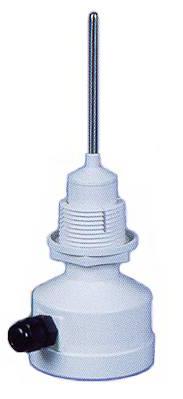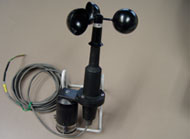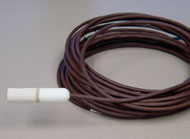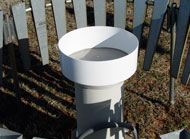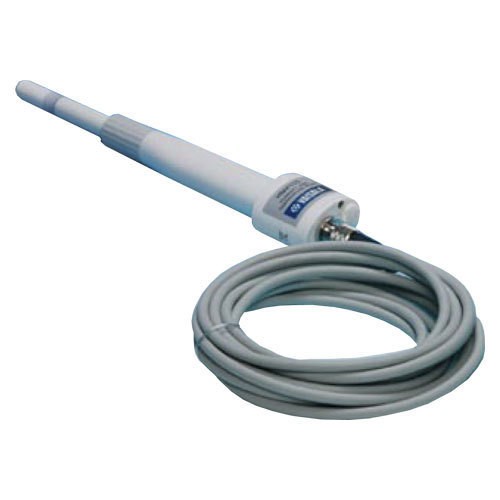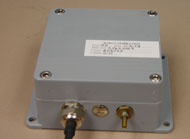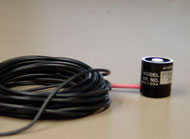Certain instruments are located at every Mesonet site to measure the standard-primary variables. These variables are as follows:
- air temperature measured at 1.5 meters above the ground,
- relative humidity measured at 1.5 meters above the ground,
- wind speed and direction measured at 10 meters above the ground,
- barometric pressure,
- rainfall,
- incoming solar radiation, and
- soil temperatures at 10 centimeters below the ground under both the natural sod cover and bare soil.
Additional instruments are placed at most sites to measure standard-secondary variables. These include the following:
- air temperature at 9 meters above the ground,
- wind speed at 2 meters above the ground,
- soil moisture at 5, 25, and, 60 centimeters below the natural sod cover, and
- soil temperatures at 5, 25, and 60 centimeters below the ground under the natural sod cover
- Note: Prior to December 2013, the soil temperature measurements consisted of 5, 10, and 30 cm below the ground under natural sod cover and 5 and 10 cm below bare soil
All above-ground measurements are sampled every 3 seconds with the exception of the barometer (which is 12 seconds) and the rain gauge (which is event driven). The above ground measurements are averaged over 5 minutes. Soil temperature measurements are sampled every 30 seconds and averaged into 15-minute observations. Soil moisture is sampled once every 30 minutes. Every 5 minutes, all available observations are sent from the site to the Central Operations Facility in Norman.
